When a person has constant or acute back pain in the lumbar region, it is very difficult to do something. It is an exhausting, exhausting feeling that leads to irritability and anger. And the reasons for the pain can be many. Far from always being associated with pathologies of the joints or bones, but they can indicate abnormalities in the internal organs. Particular attention should be paid to such sensations in women whose lower back pain is often associated with dangerous gynecological pathologies.
Causes and nature of pain
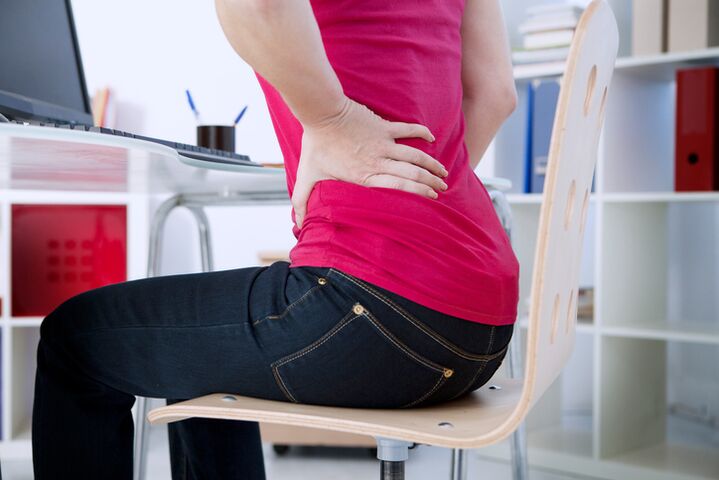
Despite the fact that there are primary causes for every type of pain, the nature of the sensation does not always indicate 100% of a particular disease. Injuries in the human body can be masked by various signs.
Lower back pain is characterized by the following characteristics:
- Acute discomfort. The patient has difficulty moving, the symptoms appear suddenly, radiating to the lower extremities. Acute pain is typical of injuries, vertebral compression, and bone diseases, for example, in tumors, Cushing's syndrome, and multiple myeloma. Vertebral displacement is also accompanied by acute pain.
- It's a dull pain. It develops mainly in muscle cramps, spinal hernia, radiculitis and osteochondrosis. But it can occur in pathologies of the genitourinary system, kidneys, intestines and other organs. Radiculitis is divided into 2 diseases: lumbago with vertebral displacement and sciatica, in which nerve endings are affected and lumbago occurs. Very often pain occurs with pathologies of the kidneys.
- Periodic pains of various natures. They occur mainly in the background of excessive physical exertion, especially with prolonged inactivity and lack of warm-up before playing sports. At the same time, recurrent pain can be reflected and irradiated if it is associated with organs.
- Constant pain. They are mainly associated with varicose veins and other vascular pathologies, muscular dystrophy, degenerative diseases of bones and cartilage, as well as inflammation in these elements. Getting rid of persistent symptoms is extremely difficult.
- Shooting pains. Sharp, sudden and very strong sensations, which are accompanied by long-lasting and unpleasant pain after lumbago. They develop against the background of careless movements, excessive stress, as well as under the influence of factors such as hypothermia.
- It radiates pain. Associated mainly with diseases of the kidneys, pelvic organs, genitourinary system. These can be colic, stones, as well as pathologies of the gastrointestinal tract, including diseases of the gallbladder, ulcers, tumors and pathologies of the pancreas. In men, they are often the cause of testicular and prostate diseases, and in women - ectopic pregnancy, diseases of the uterus and ovaries, cysts.
With the position of the pain predominantly on the right, liver abnormalities may be suspected.
Other reasons why lower back hurts
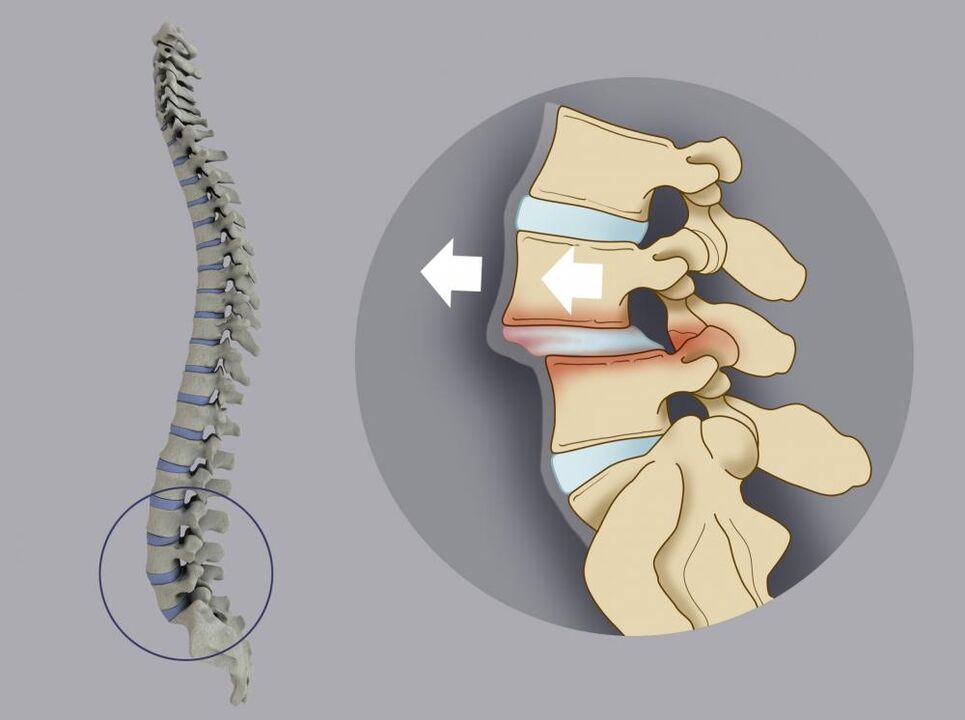
Among the pathologies that lead to lower back pain, diseases can be distinguished in which the symptoms are ambiguous, they can be weak or sharp, rare or permanent:
- osteochondrosis - refers to degenerative forms of the disorder, in which there is inflammation of the intervertebral disc, loosening of the bone surface and damage to nerve endings;
- protrusion and intervertebral hernia are diseases that become 2-3 stages of osteochondrosis;
- scoliosis - curvature of the spine to the left or right can cause very unpleasant sensations on the background of reduced muscle and skeletal function;
- ankylosing spondylitis - an autoimmune chronic change in the joints of the spine, leading to loss of mobility;
- rheumatoid arthritis is a chronic inflammation of the large and small joints, which has many causes;
- bone infections, including bone tuberculosis, as well as infectious processes within organs;
- pancreatitis, adhesions in the digestive tract after surgery, appendicitis, cholecystitis;
- pyelonephritis, kidney stones and colic;
- benign and malignant tumors of organs, tissues and bones, which compress the nerve endings in the lumbar region.
Painful sensations can cause muscle cramps, leading to fever symptoms as well as sprains caused by injury or sudden movement.
Characteristics of the cause in women and men
In women, during ovulation in the middle of the cycle, traction and sometimes acute painful sensations can develop. These symptoms disappear quickly and do not cause serious discomfort. In some women, the pain occurs after an abortion, which is recognized as very stressful for a woman's health. Lumbar pain can last a long time and is often associated with inflammatory processes in the pelvic organs. This occurs against the background of inaccurate procedures and severe trauma to the walls of the uterus.
In women, low back pain can be caused by inflammation of the appendages and ovaries, intensely growing uterine fibroids, large cysts, as well as ovarian bleeding, endometritis and endometriosis. Sometimes such discomfort occurs during menopause, which is associated with a sharp change in hormonal balance.
In men, in addition to prostate cancer and prostatitis, back pain can also occur with epididymitis - inflammation of the epididymis, but the main symptoms are localized in the groin area.
Diagnostic methods
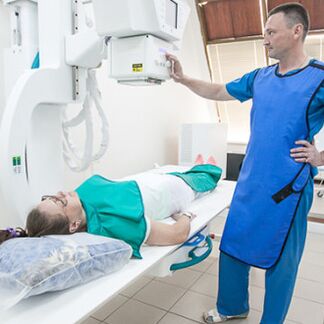
Before undergoing diagnosis and prescribing treatment for lumbar spine lumbar disease, it is necessary to visit an experienced specialist - vertebrologist or orthopedist. But it is the vertebrologist who deals with spinal diseases and knows everything about the effective therapy of these disorders.
After examination, palpation, collection of patient data, the doctor will prescribe several diagnostic methods:
- x-ray. With the help of X-rays, doctors identify the stage of osteochondrosis and other degenerative processes in the spine. An X-ray clearly shows the growth of osteophytes and allows you to measure the distance between the vertebrae.
- MRI of the spine. Detects pathological changes of discs, vertebrae and joints, as well as surrounding soft tissues. MRI easily shows osteochondrosis and spondyloarthritis even in the early stages.
- myelography. Contrast-enhancing technique, which helps to detect vascular pathologies, tumors, as well as narrowing of the spinal canal, abscesses and other similar changes.
In order to exclude diseases of internal organs and identify inflammatory processes, urine and blood are also prescribed. Sometimes a diagnosis of gastrointestinal tract is needed, including enzymes of the liver, pancreas and gastric juice.
The diagnosis of back pain helps to distinguish some diseases from others and allows you to choose the right treatment tactics. At home, just by the symptoms, it is impossible to understand which disease leads to pain.
How to relieve lower back pain
Regardless of the cause of the pain, the patient will be prescribed medications from the following groups to alleviate the unpleasant symptoms (at the doctor's choice):
- Analgesics. They do not help all patients and act mainly on weak sources of pain.
- NSAIL. Strong painkillers, which are taken in courses. They also have anti-inflammatory properties.
- Hormonal agents. They are applied within 6-10 days, inclusive.
- Injections and blockades. Combination drugs are often used in combination with glucocorticosteroids and anesthetics.
- Muscle relaxants. They help with muscle cramps, as well as osteochondrosis and other ailments when there is muscle pain.
- Current products. Painkillers, warming creams, gels and patches should also be used only when indicated.
In some cases, especially in the severe stages of joint or bone pathology, several groups of drugs are used.
Your doctor should prescribe medications, especially complex ones such as glucocorticosteroids or hormone blockade. Only strict adherence to instructions and recommendations, systematic, strict application of medication in the prescribed dose will help get rid of unpleasant sensations.
Characteristics of treatment depending on the type of pain
In order for the treatment of back pain to be effective, it is important to take into account its nature. For every disorder and disease the pain can be of this or that nature.
Treatment of myofascial pain
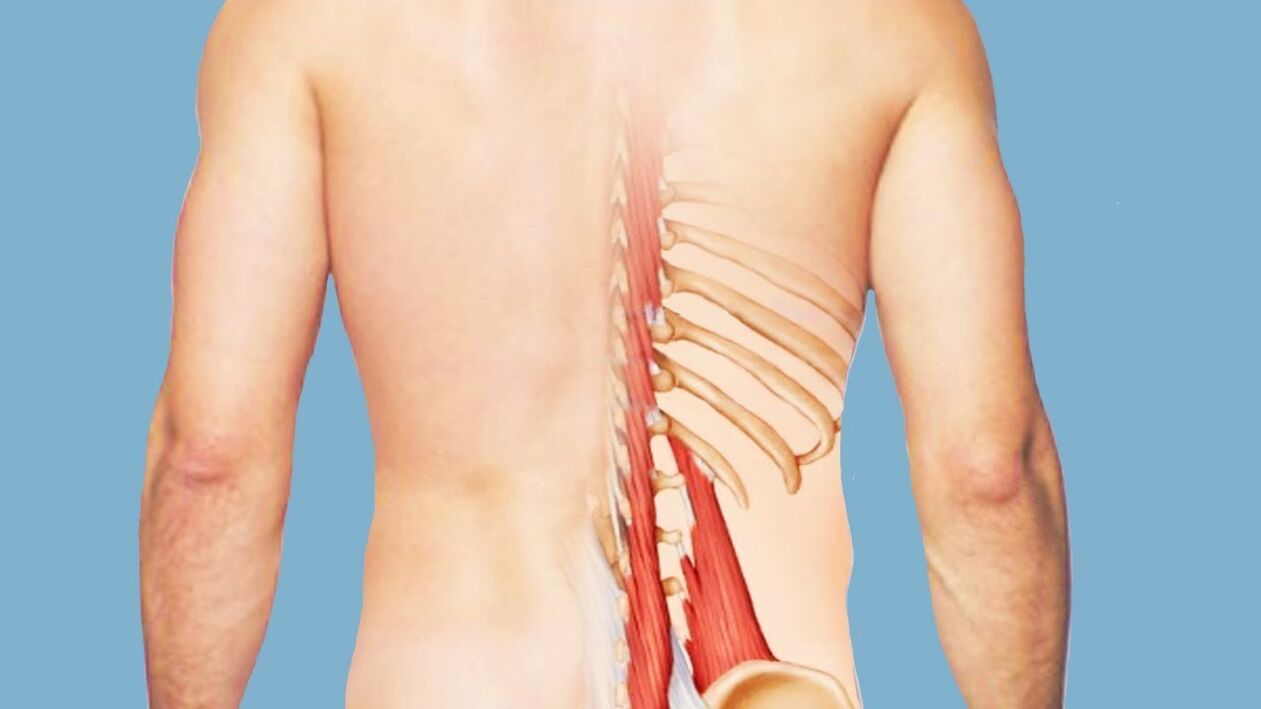
This is the name for the pain associated with muscle strain or cramps. They develop on the background of excessive load, improper weight lifting, as well as the wrong approach to exercise. Myofascial pain can occur due to prolonged stay in an uncomfortable position, when carrying bags in one hand or over the shoulder. Sometimes this symptom occurs in the background of poor posture.
Spasms injure the spinal roots, so the symptoms are similar to sciatica: burning pains in the thighs, lower legs, numbness of the limbs.
You can treat such pains with analgesics and NSAIDs in the form of ointments, injections, tablets, patches. Among fats, it is better to choose means for warming and irritation.
Sometimes myositis, which causes pain, is caused by infections or worm toxins. Then you need to take antibiotics or anthelmintic drugs to eliminate the cause of the pain. Compresses and warming ointments are prohibited in this case.
Diseases of the ridge that affect the nerve endings
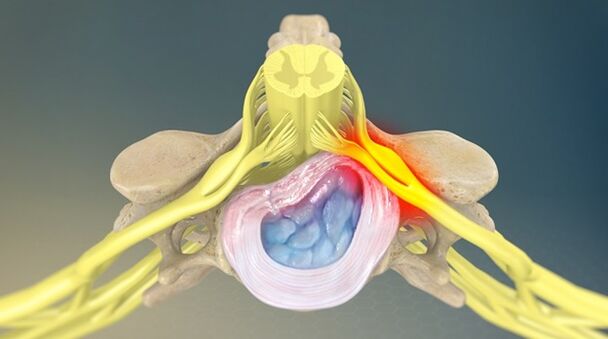
This category of diseases includes all disorders associated with dystrophic changes and injuries, whether osteochondrosis or spondylolisthesis. Requires the following treatments:
- bed rest during an attack - you need to lie on a hard surface, placing a small roller under your knees;
- drug treatment - most often nonsteroidal anti-inflammatory drugs are used in the form of injections;
- irritating and disruptive fats, as well as pepper patch, mustard patch and iodine mesh;
- mud treatment and warming, as well as ozokerite are used during remission;
- cramps are relieved by vacuum massage and acupuncture.
In radicular syndrome, which is expressed by intense pain, it is necessary to apply blockade of novocaine or weak opiates, ensure rest in bed, dry or underwater traction of the lumbar spine, stimulation by electrophoresis and microcurrents.
Treatment of degenerative-inflammatory disorders
To eliminate pain in the back and lower back in degenerative diseases (spondyloatrosis), resting in bed with bending the legs in a frog position is prescribed. Also, non-steroidal drugs are used, in severe pain they are injected. Muscle relaxants are used to relieve muscle tension. Very often patients suffer from chronic fatigue and depression caused by pain and require antidepressants.
Treatment of tumor diseases
Benign and malignant tumors can be very different in nature: fatty lipomas, neuromas affecting the nerves, spinal cord hemangiomas, gliomas, osteosarcomas and chondrosarcomas. Tumor diseases require complex, long and complex treatment.
Prescription anticancer drugs are mandatory, sometimes patients are prescribed strong opiates. They also treat tumor pathogens, for which hormone drugs, chemotherapy toxins and targeted drugs can be used.
The therapy of tumor diseases is one of the most difficult, which requires the responsibility of patients and doctors. The use of chemotherapeutic drugs and radiation therapy can worsen the patient's condition for a long time. The main thing is not to give up at this moment and remember that detecting a tumor by stage 2 gives a very high chance of recovery. Even with stage III oncology, you can count on a successful fight against the disease.
Dangers and consequences of pain
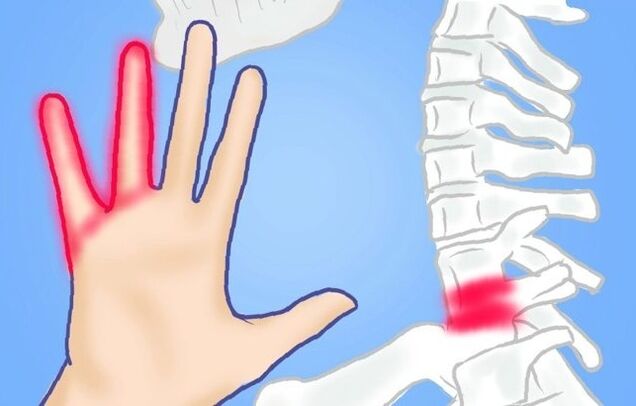
If lower back pain is not treated and ignored or attempts are made to suppress nonsteroidal anti-inflammatory drugs and other painkillers, this can lead to dire consequences for the patient. Injuries are especially dangerous in this regard, as vertebral damage can lead to dislocations, cracks, and compression fractures. Other complications can also cause severe pain:
- the formation of chronic painful sensations, from which it is impossible to get rid of even by taking strong painkillers;
- diseases of the spinal cord and brain, extensive damage to the nervous system and paralysis;
- decreased sensitivity of the upper and lower extremities;
- severe restriction of mobility;
- complications from internal organs to paresis, fecal and urinary incontinence.
When the first symptoms of low back pain appear, it is important to undergo a diagnosis to determine the causes of the discomfort.
Prevention of back pain

The following prevention rules will help avoid certain diseases and inconveniences:
- moderate physical activity, daily gymnastics to strengthen the muscular corset and improve blood circulation;
- use of hard seating areas, exclusion of permanent residence on upholstered furniture;
- if a person works in a sitting position for a long time, the furniture recommended for that should be used;
- prevention of many diseases requires proper nutrition and rejection of bad habits;
- you need to transfer the weight properly, distribute the weight on both arms and carefully, without jerking, lift a large weight.
No person is immune to back pain. If the disease and pathological changes in the spine are detected in time, you can get rid of them quickly and correctly.



































